What is Tencel fabric and how does it help you sleep cool?
Hot sleeper and eco-conscious shopper? Here's why you should consider mattresses and bedding made with Tencel
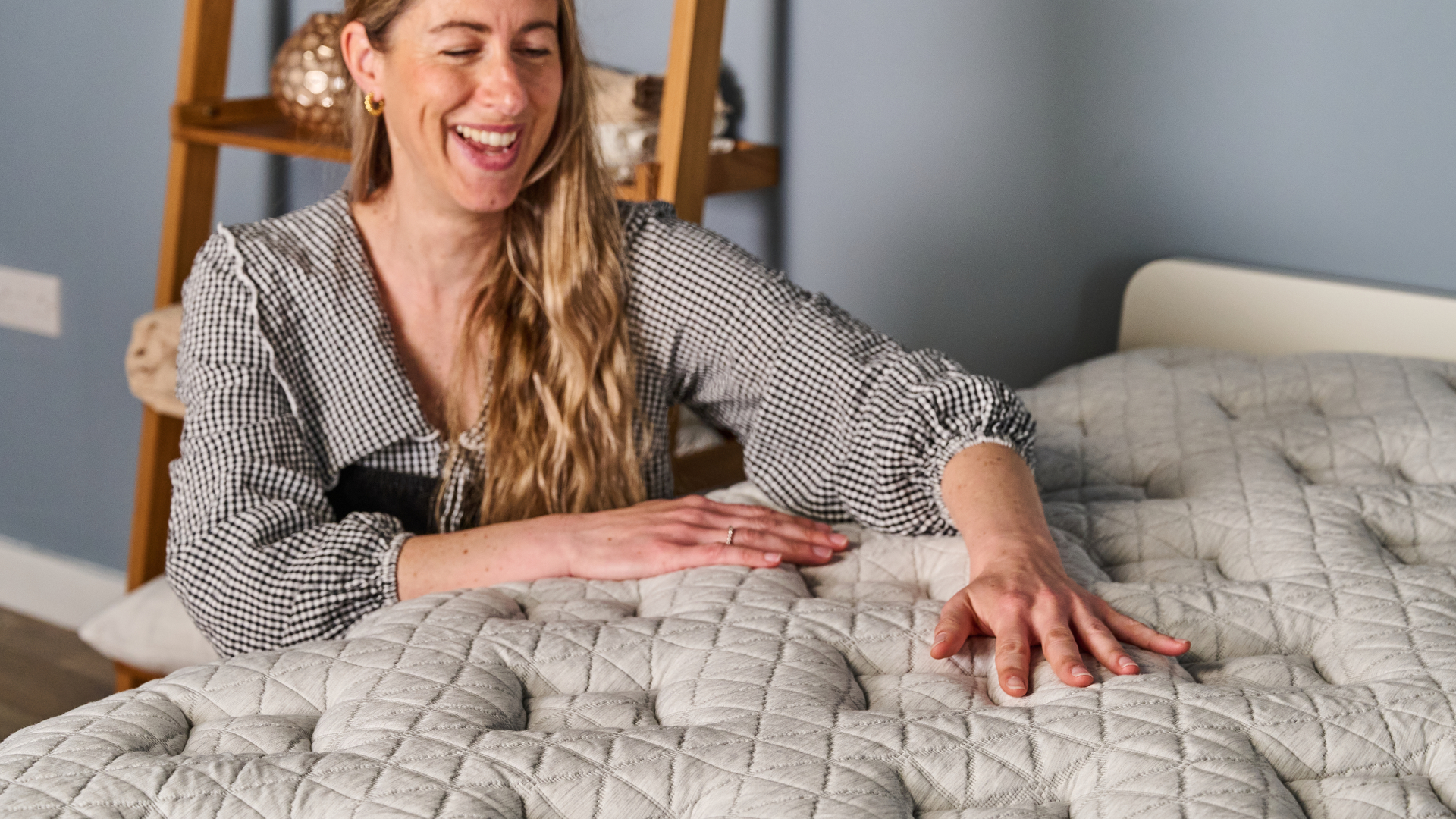
Tencel has quickly become a buzzworld in the mattress world — and for good reason. But what is it exactly and what are its benefits?
Known for its cool-to-touch feel and eco-friendly origins, Tencel fabric is showing up in some of the best cooling mattresses we’ve tested this year. As mattress brands continue to experiment with new methods of ensuring that you can sleep comfortably cool, Tencel stands out as a natural way to banish hot sweaty nights.
If you’re someone prone to overheat during sleep, a mattress or bedding set featuring Tencel can make all the difference. To help you make a more informed buying decision, this explainer will look into the science behind cooling Tencel while also listing some alternatives for you to consider. Let’s start with the basics...
What is Tencel fabric?
First things first, Tencel is actually a brand name. It comes in two main fiber-forms: Tencel Lyocell and Tencel Modal. While both fibers are ethically made from wood cellulose, they serve slightly different purposes.
Tencel Modal fibers are stretchy and soft, making them ideal for clothing such as activewear, loungewear and even wound dressings. Tencel Lyocell fibers, on the other hand, offer greater strength, softness and breathability — qualities that are ideal when it comes to manufacturing mattresses and bedding.
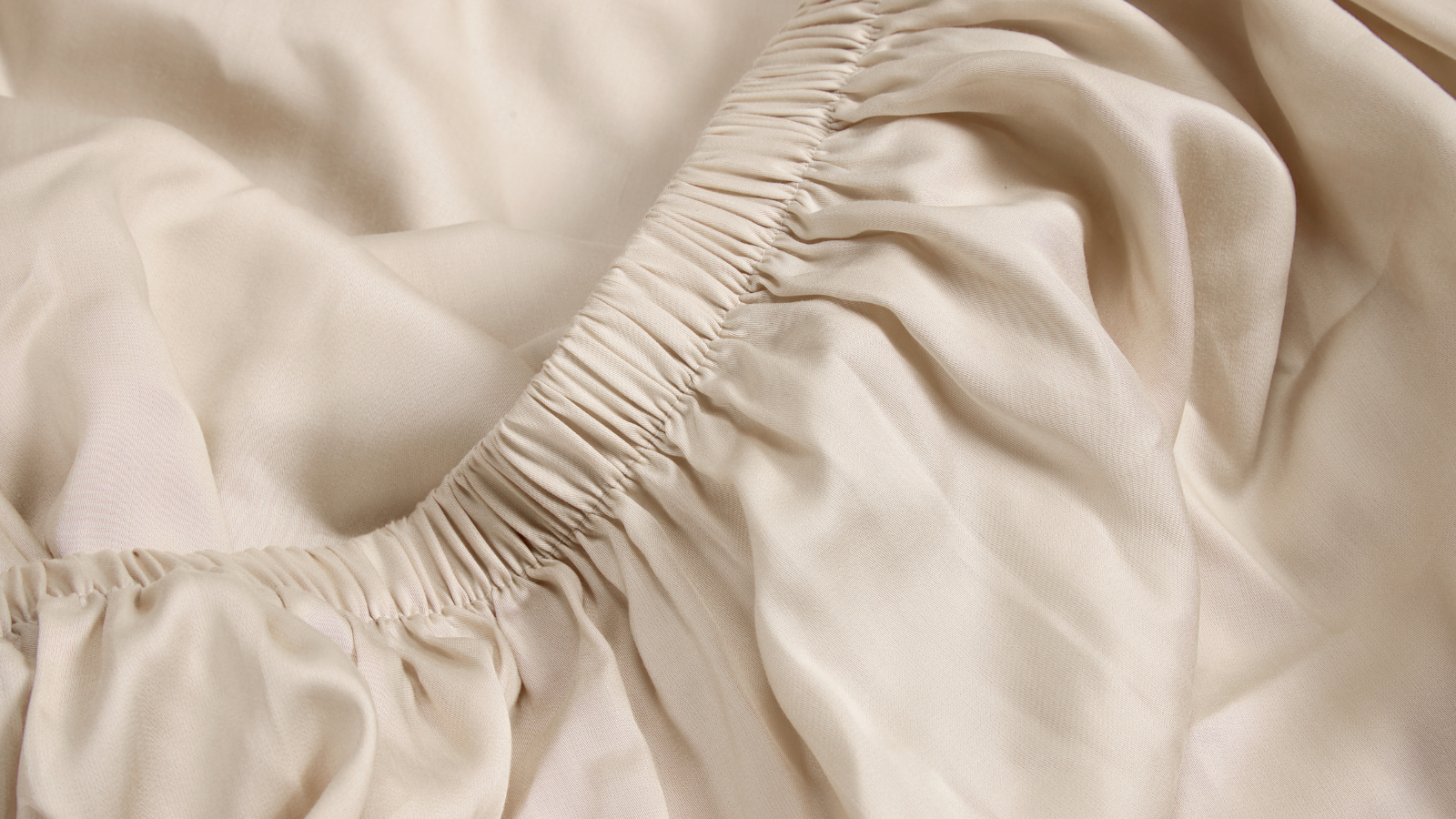
Tencel (or lyocell when not using the brand name) is a essentially a semi-synthetic fabric derived from wood pulp — usually eucalyptus, oak, birch or bamboo.
This means that while it is made from natural raw materials, it still requires some human intervention to turn it into its final form.
Get instant access to breaking news, the hottest reviews, great deals and helpful tips.
Manufacturers use a chemical process to dissolve wood pulp, extract the cellulose, spin it into fibers and finally weave it into the soft silky threads that go into our bedding and mattresses.
How does Tencel fabric keep you cool?
Tencel is primarily known for its natural ability to keep sleepers cool and dry throughout the night, thanks to its breathability and moisture-wicking properties.
The fibers are highly absorbent, drawing sweat away from your skin and dispersing it across the fabric. This helps prevent that sticky, overheated feeling that often disrupts sleep.
Thanks to its open-fiber structure, Tencel promotes better airflow — meaning it does not trap body heat like some synthetic fabrics do. The result is a cool-to-the-touch sleep surface, at a comfortable temperature to doze off.
This is really important since maintaining the right temperature is a crucial part of your sleep hygiene, which regulates your circadian rhythm — the body's internal clock. And this simply translates to better sleep quality.
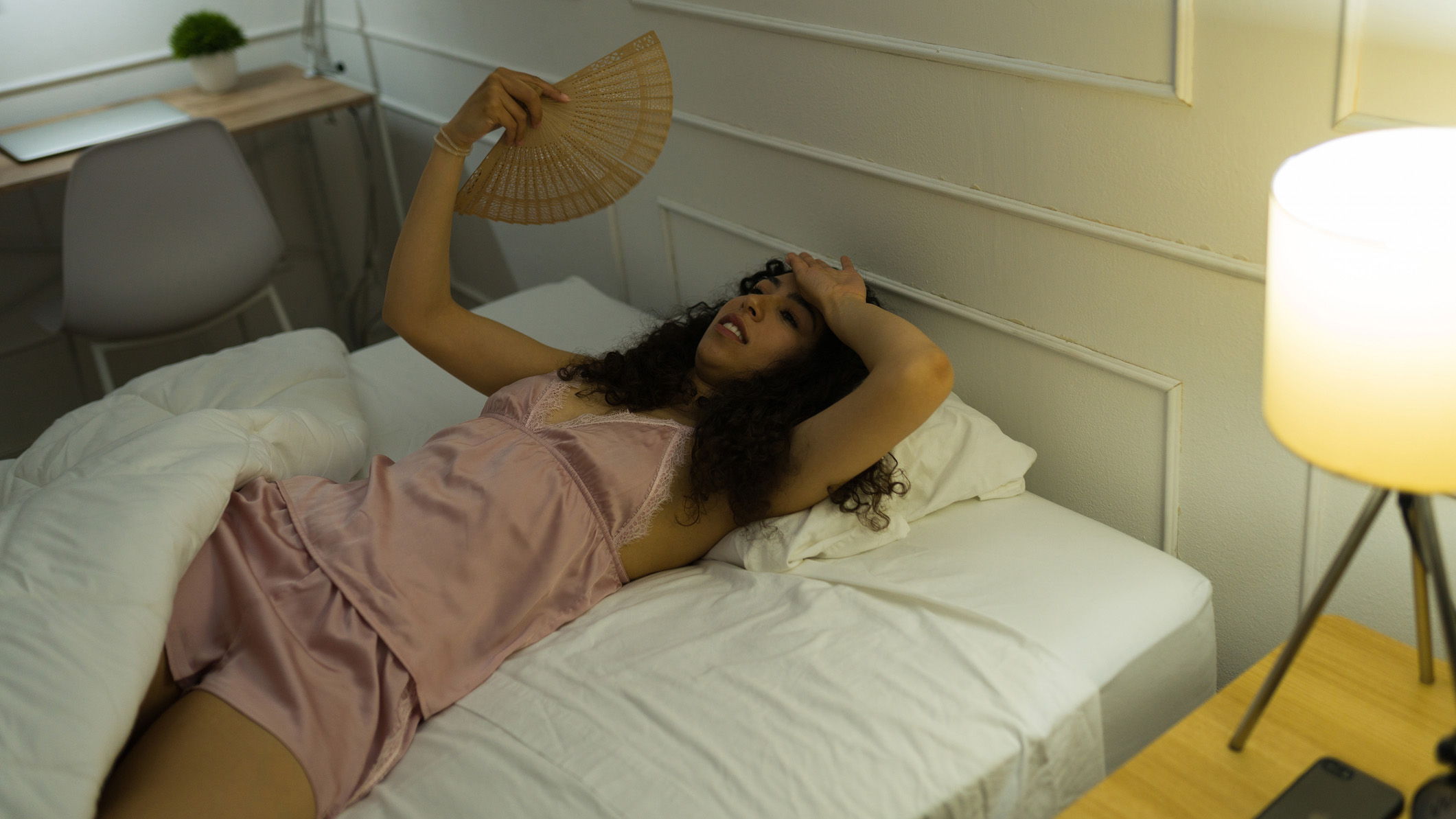
What are the other benefits of Tencel?
Beyond its cooling benefits, Tencel is often praised for being sustainably sourced, super soft and durable which is why many mattress and bedding manufacturers favor it.
As an eco-friendly material made from wood pulp, it's a natural fit for the best organic mattresses, to enhance breathability and coolness.
Tencel is most often woven in a luxurious sateen weave, giving mattresses a smooth silky finish that looks as premium as it feels. This elegant finish, comparable to silk, is also why you'll often find it in the best luxury mattresses in the market.
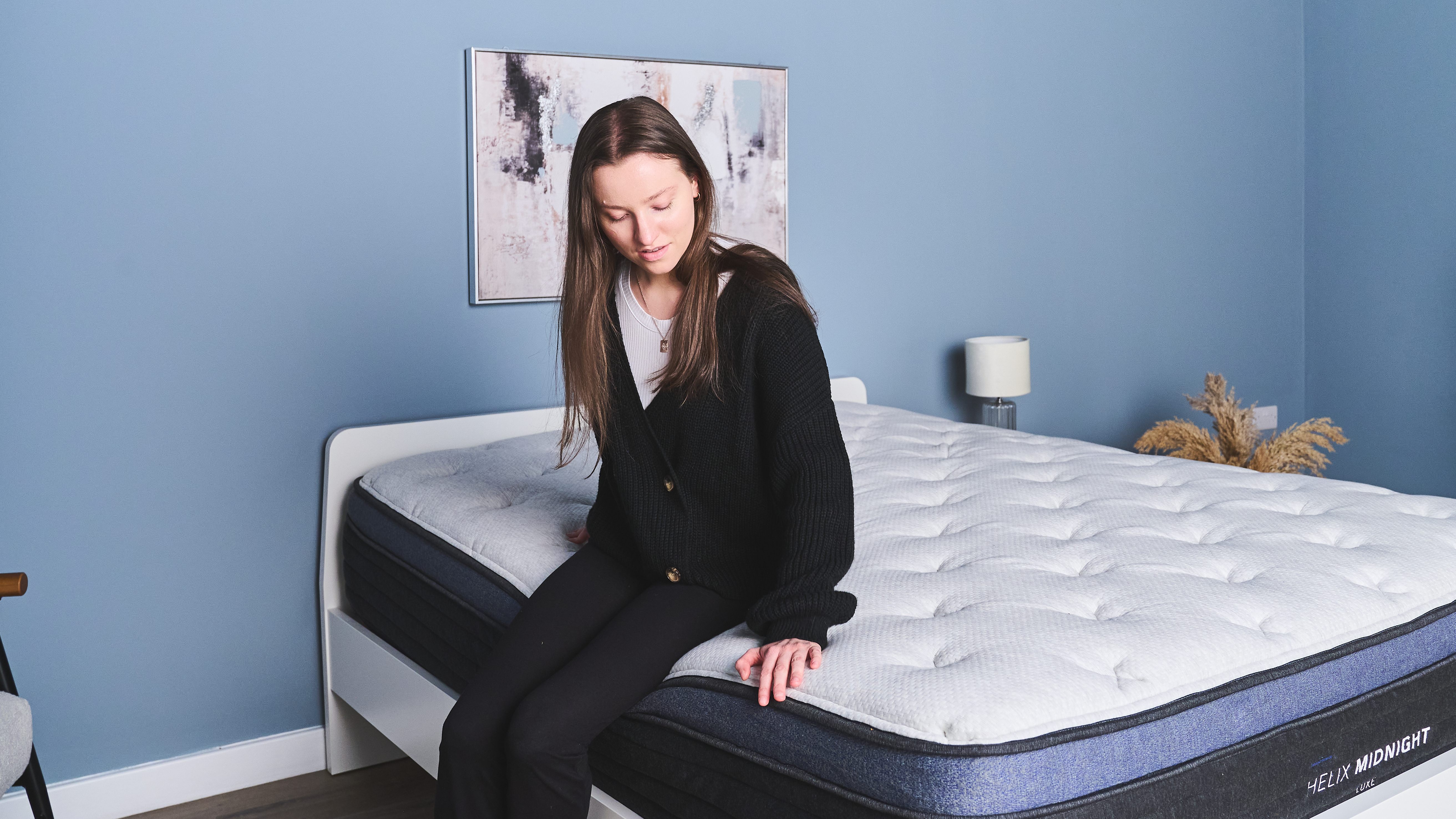
What's more, in addition to having a premium look and feel, Tencel is also hypoallergenic. This means it can repel bacteria, dust mites, skin cells and bed bugs which can build up in your mattress when you sleep on it night after night without thorough deep cleaning.
Tencel mattresses and bedding products are less susceptible to allergens, making them ideal for people with sensitive skin, allergies and respiratory issues such as asthma.
A good example is the hypollergenic Sijo Airyweight Eucalyptus Mattress Protector, one of the picks in our best mattress protectors guide. It's made using lightweight and breathable Tencel Lyocell fibers derived, as the name suggests, from eucalyptus trees.
According to the brand, the breathable waterproof protector is also asthma and allergy certified, staying true to the hypoallergenic nature of Tencel fabric.
What mattresses and bedding use Tencel?
Some of the best mattresses and bedding we've slept on this year from top brands including Saatva and Helix feature Tencel. These include...
- Helix Midnight Luxe mattress
- Leesa Original mattress
- Sijo AiryWeight Eucalyptus Mattress Protector
- Zinus Tencel waterproof mattress protector at Zinus
- REST Evercool Cooling Comforter at Amazon
Tencel alternatives to consider
Tencel is one of many cooling materials in the mattress and bedding arena. Here are popular alternatives used by manufacturers to bring sleepers cooling relief...
Wool
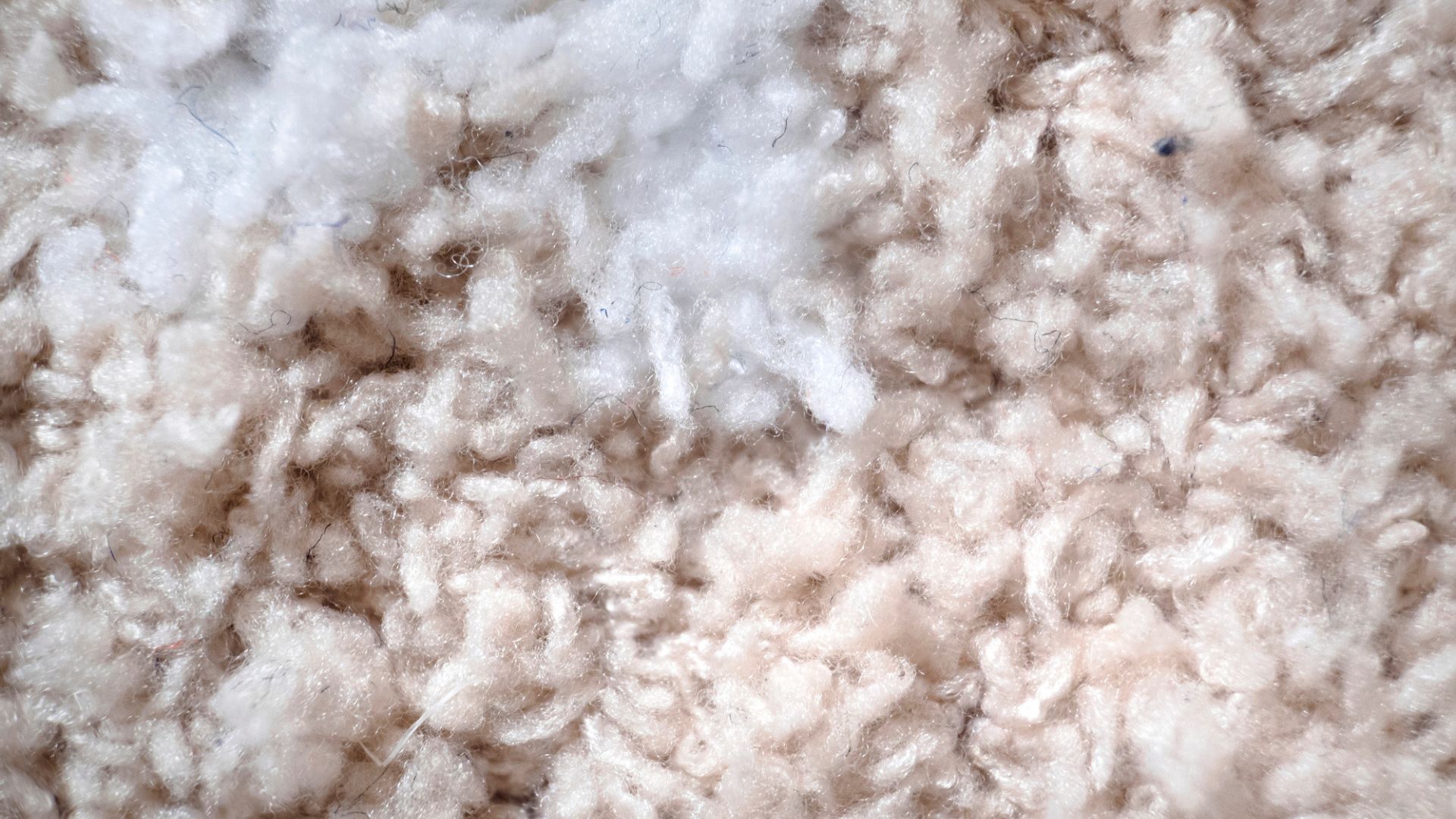
Wool is one of the most underrated materials you'll find in a mattress — and a solid alternative to Tencel. It is also naturally breathable, hypoallergenic and free from harmful chemicals.
Its naturally wavy fibers allow air to circulate freely, helping to wick away heat and moisture for a cooler, fresher night's sleep.
A good example is the Birch Natural Mattress which has a temperature-regulating wool layer— a boon for hot sleepers who prefer a more organic bed composition.
Phase change materials
Phase change material (PCM) is a substance that can absorb and release heat as it changes state from a solid to a liquid state.
In mattresses it acts like a heat reservoir. It absorbs excess body heat when you get warm during the night, holds it, and then releases it back to your body when you cool down.
You can usually find PCM fabric incorporated into the comfort layer or the top cover of mattresses, providing a cool-to-the-touch feel while actively enhancing the temperature regulation, more so than organic materials.
Copper and graphite
Copper and graphite are metals with high thermal conductivity, which means they are good at dispersing heat.
Copper and graphite ribbons are often woven into dense mattress foams to combat their tendency to trap heat, something that happens with even the best memory foam mattresses. The metals draw heat away from the body and out of the mattress surface.
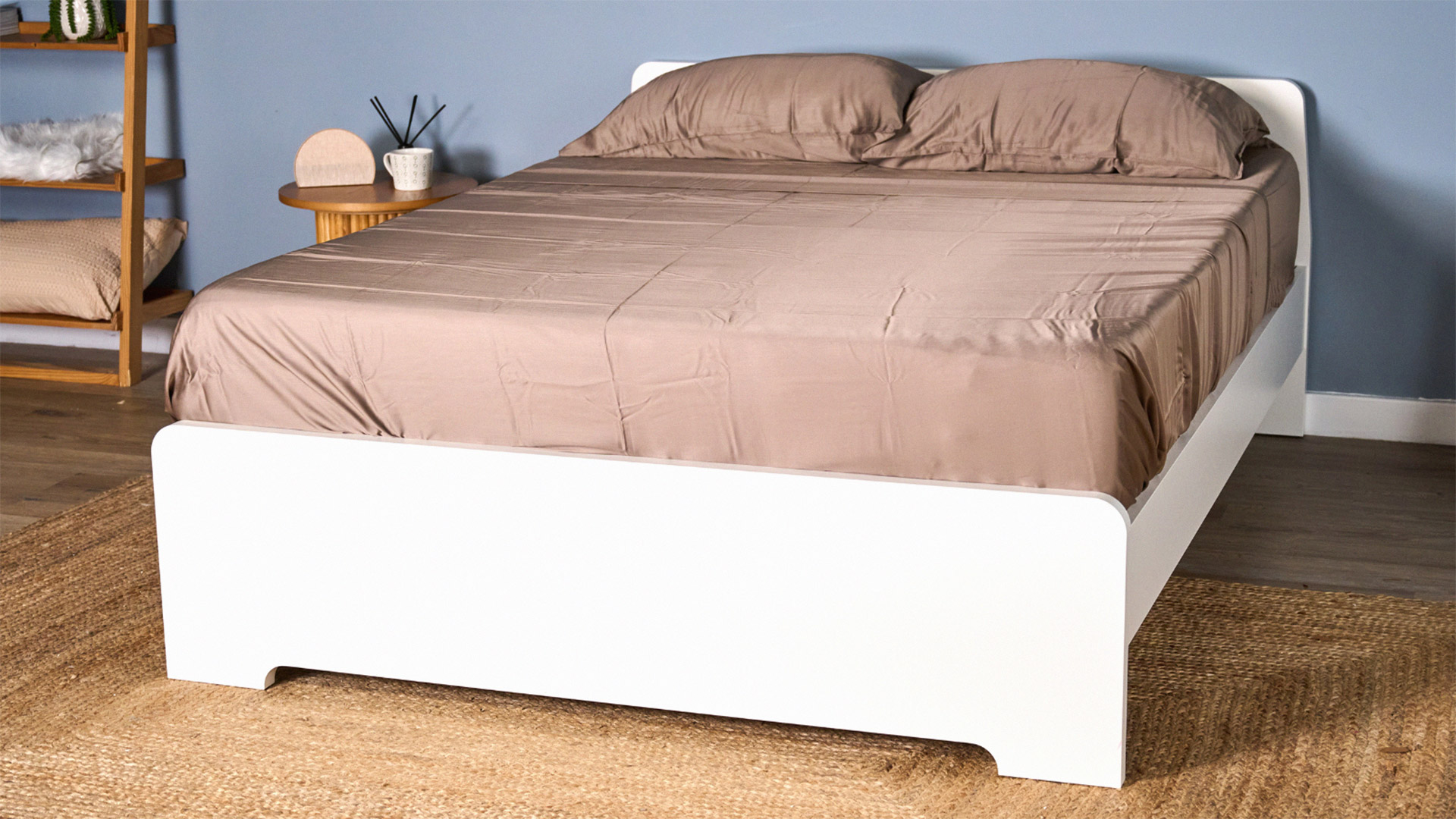
Bamboo
Bamboo is increasingly becoming a more popular choice in crafting bedding including luscious sheets, breathable cooling covers in pillows like our top recommendation in the guide, the Coop Original Adjustable and more.
It is smooth and silky soft, cool-to-the-touch, hypoallergenic and great for anyone who prefers low-maintenance lightweight bedding.
Organic cotton
This classic organic fiber is still in a popular go-to material that you'll find in many mattresses, pillows, comforters and weighted blankets.
It is regarded as the one fabric which can be used all-year round, thanks to its excellent breathability, moisture-wicking properties and durability.
In fact, the Coop Sleep Goods Percale Cotton sheet set review reports how it earned a whopping 5 out of 5 for temperature regulation. Our tester was also impressed by how it became softer with each wash, signaling that it's made to last a long time.

Eve is a sleep tech product tester and writer at Tom's Guide, covering everything from smart beds and sleep trackers, to sleep earbuds and sunrise alarm clocks. Eve is a PPA-accredited journalist with an MA in Magazine Journalism, and has four years’ experience writing features and news. In her role as Sleep Tech Product Tester and Writer for Tom's Guide, Eve is constantly trying out and reviewing the latest sleep products from brands such as Apple, Garmin, Whoop, Hatch, Sleep Number, Eight Sleep, and Oura. A fitness enthusiast who completed the London Marathon earlier this year, Eve loves exploring the relationship between good sleep, overall health, and physical performance, and how great sleep tech can make that relationship even better.
- Becky GeorgeSleep Staff Writer
You must confirm your public display name before commenting
Please logout and then login again, you will then be prompted to enter your display name.
